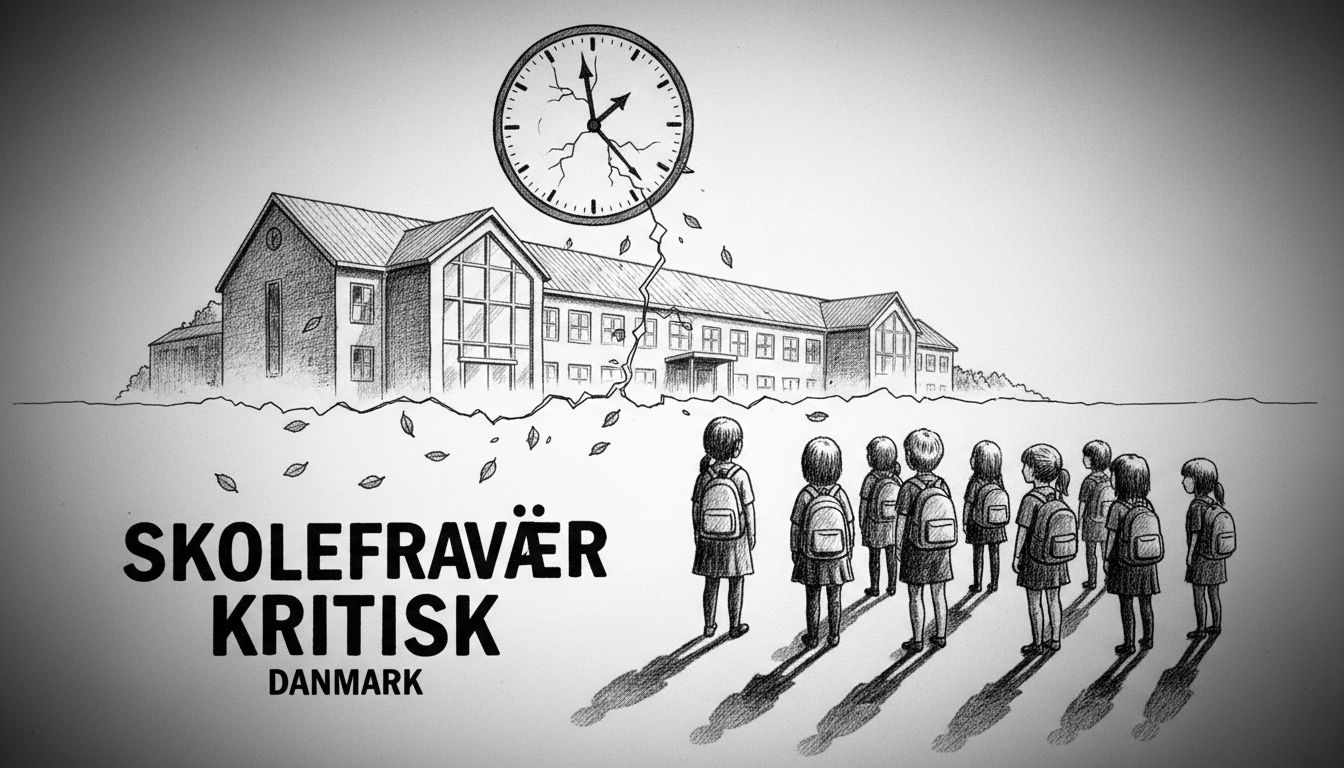Danish children's advocacy group Børns Vilkår calls the rising school absenteeism trend alarming. The organization strongly criticizes municipalities for not doing enough to address the problem. Local government association KL rejects these claims and points to complex underlying issues.
Across Denmark, public school students now miss more than 50 school days annually. This equals one-quarter of the entire school year. The numbers continue moving in the wrong direction. In the 2010-2011 school year, 1.4 percent of students had more than 50 days of absence. By the 2023-2024 school year, that figure climbed to 2.6 percent. Børns Vilkår conducted this new analysis using data from Statistics Denmark.
The Danish education system traditionally emphasizes equal access and high participation rates. This makes the growing absenteeism particularly concerning for educators and policymakers. High absence rates often correlate with poorer academic outcomes and reduced future opportunities. The debate between children's advocates and municipal representatives highlights different perspectives on responsibility and solutions.
Denmark's comprehensive welfare state typically provides strong support systems for families and children. The increasing school absence suggests these systems may face new challenges. Factors could include changing family dynamics, mental health issues among youth, or evolving attitudes toward formal education.
What does this mean for Denmark's future workforce? Students missing substantial classroom time may struggle to acquire necessary skills and knowledge. This could affect Denmark's competitive edge in the long term. The situation requires coordinated efforts between schools, families, and municipal services.
International readers should understand that Danish municipalities handle most local services, including education. This decentralized system can create variations in how different regions address complex social issues. The current debate reflects broader tensions between local autonomy and national educational standards.
The trend also raises questions about measuring educational success beyond test scores. Student engagement and regular attendance form fundamental components of effective learning environments. As Scandinavian countries often rank high in global education comparisons, these rising absence rates deserve serious attention from educational researchers and policymakers alike.

